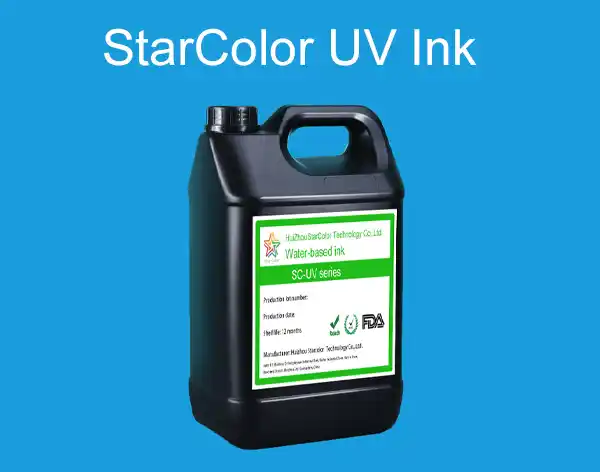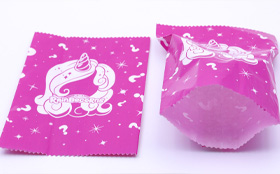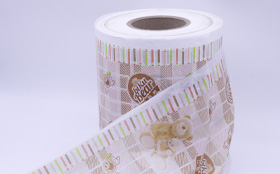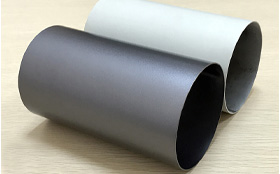What is UV ink?
UV (UV curable) ink refers to the ink that, under UV irradiation, uses different wavelengths and energies of UV light to polymerize monomers in the ink linker into polymers, resulting in ink film formation and drying.
UV ink is a type of ink that does not require solvents, has a fast drying speed, good gloss, bright colors, water resistance, solvent resistance, and good wear resistance. UV ink has become a relatively mature ink technology, with almost zero pollutant emissions.
The main components of UV ink
The main components of UV ink include pigments, oligomers, monomers (active diluents), photoinitiators, and various additives. Among them, resin and active diluent are responsible for fixing pigments and providing film-forming performance; Pigments give ink a moderate color and provide coverage to the substrate;
Photoinitiators are responsible for absorbing photons and initiating polymerization under the interference of pigments.
The characteristics of UV ink
1.Fast drying speed: UV ink can instantly solidify into a film under UV irradiation, greatly improving printing efficiency.
2.Bright colors and good gloss: The ink film cured with UV ink has good wear resistance, corrosion resistance, and weather resistance, and has good gloss and bright colors after printing.
3.Environmental protection: UV ink is a pollution-free ink variety with almost zero pollutant emissions, and its safety has been recognized by the US Environmental Protection Agency.
4.Strong adaptability: UV ink can be used in various printing processes such as flexographic printing, offset printing, gravure printing, and silk screen printing, and has good adhesion to various printing materials.
5.Economic benefits: Although UV ink is more expensive than regular ink, it has significant economic benefits in large-scale production due to its fast curing speed and high printing efficiency.
Classification of UV ink
UV flexographic ink
UV digital printing ink
UV offset printing ink
UV screen printing ink
 RU
RU
 EN
EN
 CN
CN




